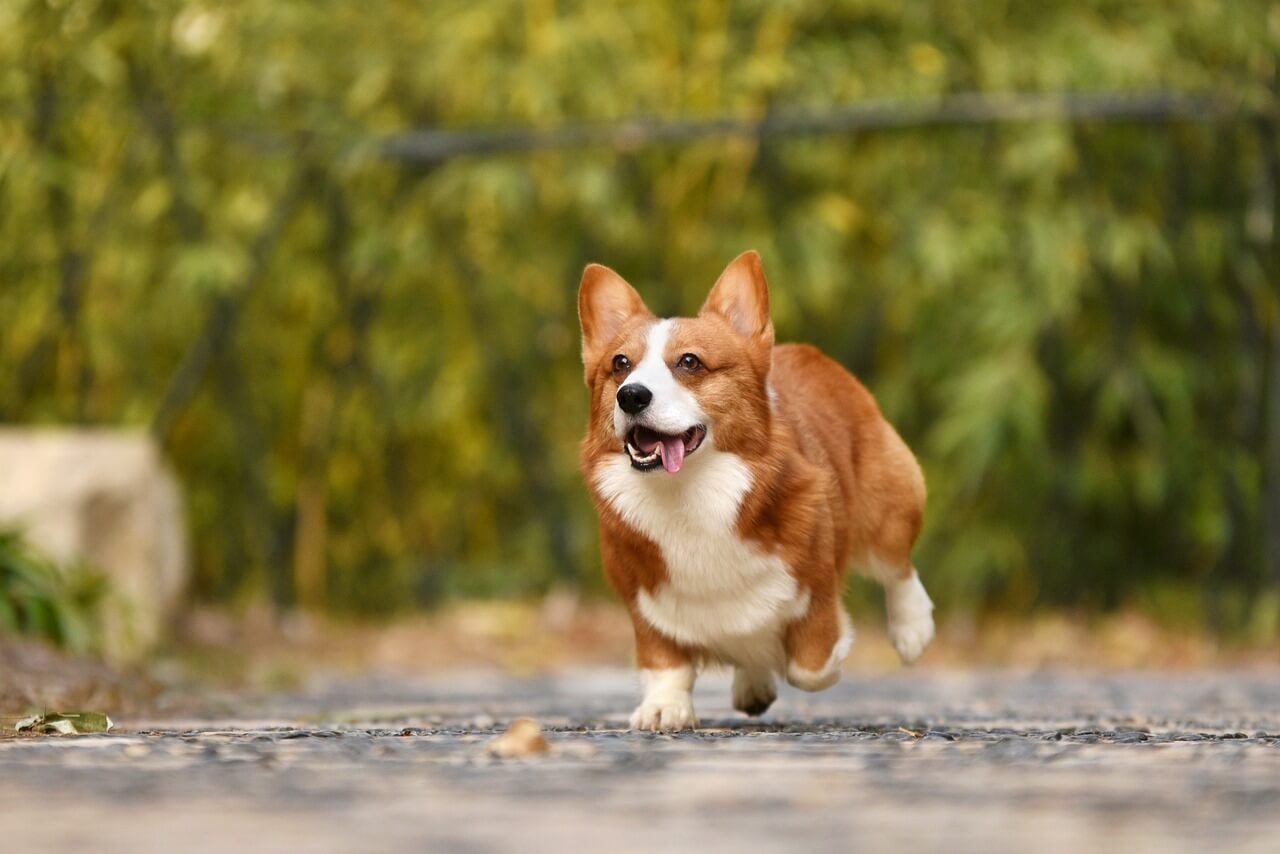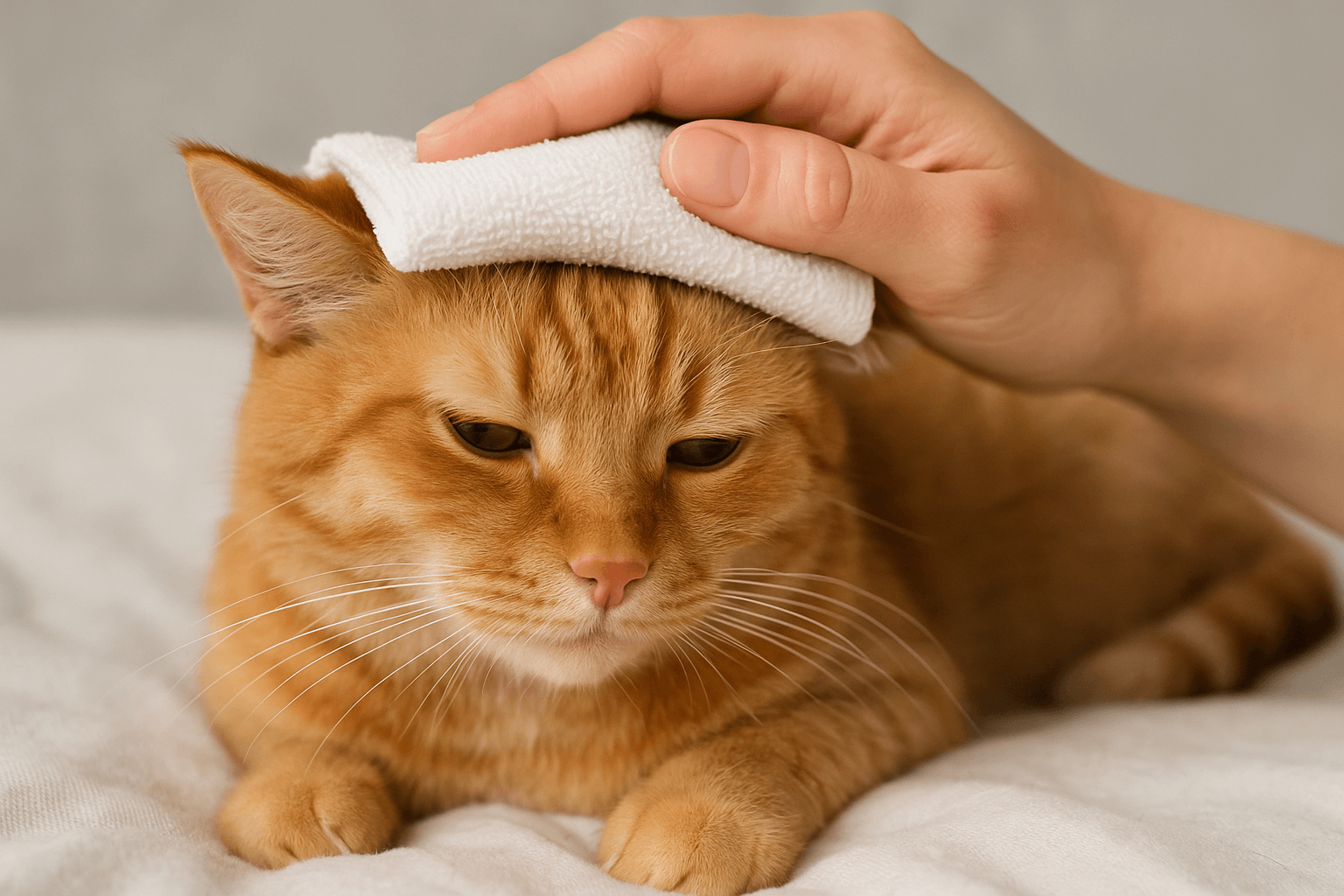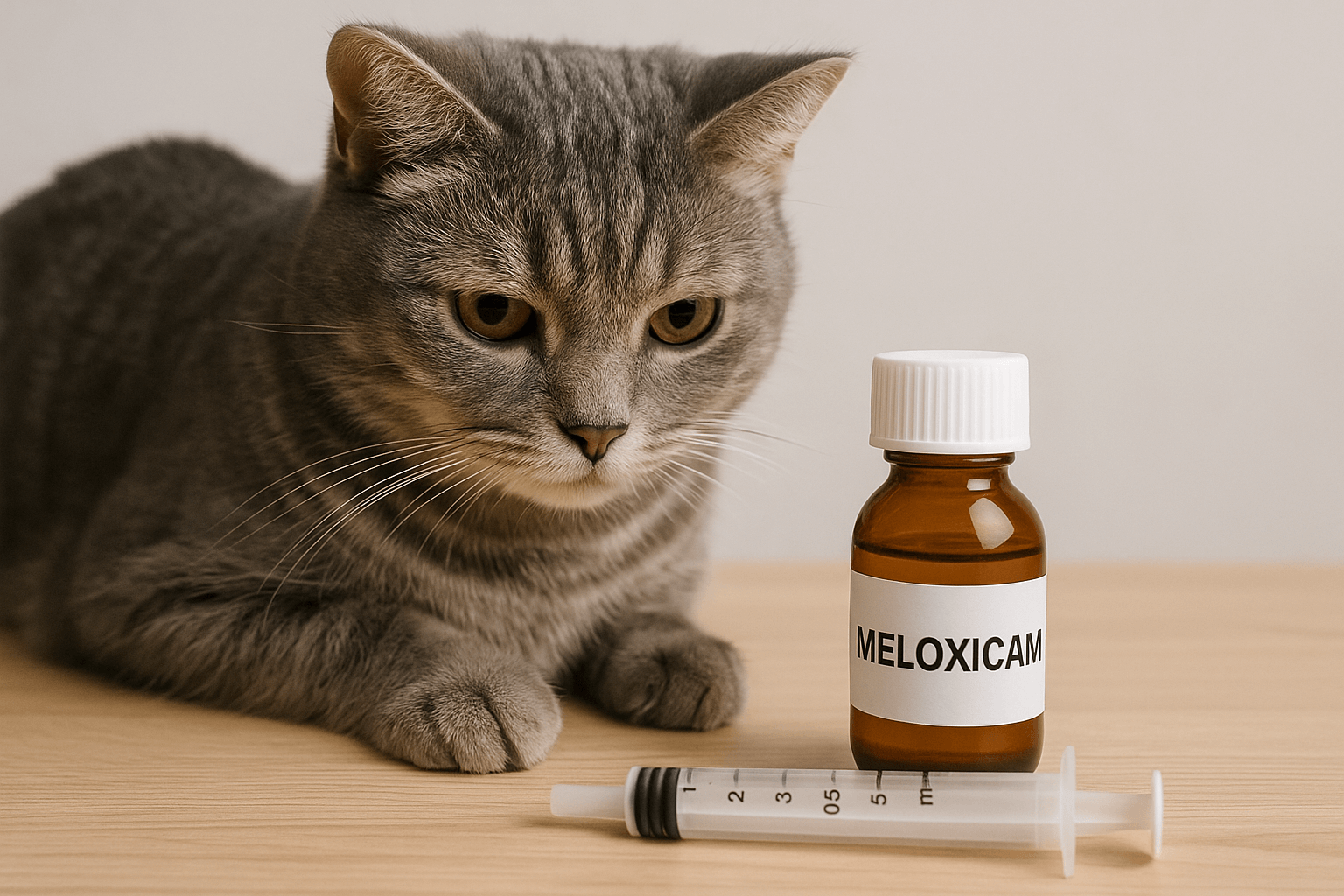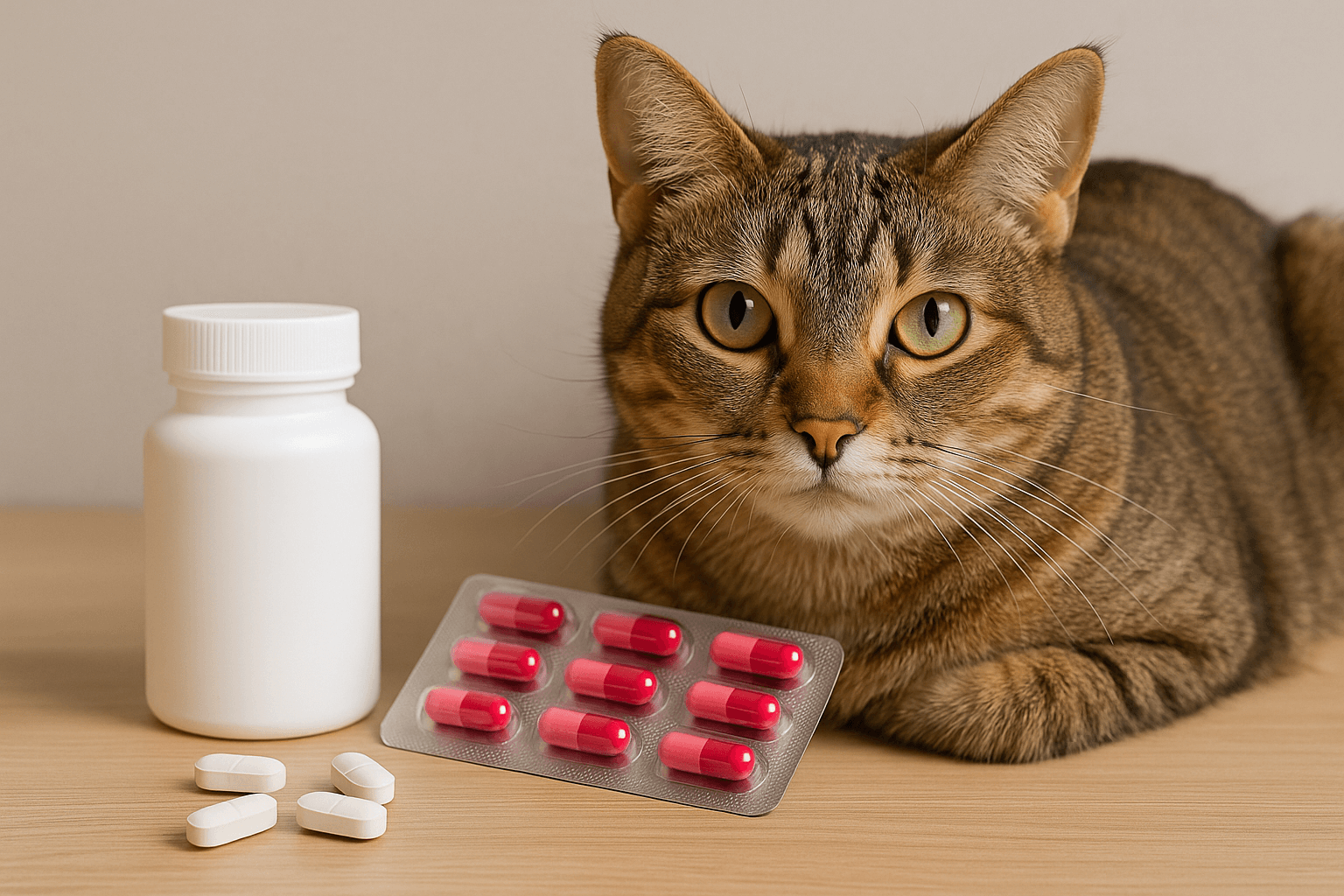Understanding Follicular Cysts in Dogs: What Every Pet Owner Should Know
As a devoted pet parent, you always want the best for your furry companion. However, unexpected health concerns can arise, leaving you worried and seeking answers. One such issue is follicular cysts in dogs—a condition that might sound alarming but is often manageable with proper care. In this blog post, we’ll explore what follicular cysts are, how they affect your dog’s health, and what steps you can take to ensure your pup remains happy and healthy. Whether you’re dealing with this condition now or simply educating yourself, this guide will provide clarity and peace of mind.
What Are Follicular Cysts? A Closer Look
Follicular cysts are benign skin growths that originate from hair follicles. They occur when a hair follicle becomes blocked or damaged, leading to the accumulation of fluid or debris beneath the skin. These cysts are generally harmless but can sometimes cause discomfort depending on their size and location. Below are some key points to help you understand this condition better:
Follicular cysts are non-cancerous and typically filled with keratin or other skin-related substances.
They appear as small, round, and raised bumps on the skin’s surface.
These cysts are most commonly found on areas with dense fur, such as the back, neck, or legs.
The exact cause of follicular cysts is not always clear, but genetics and skin trauma may play a role.
While they are usually painless, larger cysts can irritate your dog if they rub against surfaces or get infected.
Understanding these basics about follicular cysts will help you identify them early and address any concerns promptly. If you notice unusual bumps on your dog’s skin, it’s important to consult your veterinarian for an accurate diagnosis.
Signs and Symptoms: How to Identify Follicular Cysts
Detecting a follicular cyst early can make a significant difference in your dog’s comfort and treatment options. While these cysts are often harmless, being aware of the signs ensures you can act quickly if complications arise. Here’s what to look out for:
Small, round lumps that feel firm or soft to the touch.
Bumps that are movable under the skin rather than fixed in place.
Redness or swelling around the cyst, which may indicate irritation or infection.
Excessive licking or scratching at the affected area due to discomfort.
Hair loss in the region surrounding the cyst.
If you observe any of these symptoms, it’s essential to monitor the cyst closely and seek veterinary advice if it grows rapidly or causes your dog distress. Early detection and intervention can prevent potential complications and ensure your dog stays comfortable.
Check this guide 👉Understanding Infected Neuter Incisions in Dogs: Best 7 Tips
Check this guide 👉Understanding Iris Atrophy in Dogs: Best 7 Expert Tips!
Check this guide 👉Understanding Gingival Hyperplasia in Dogs: Best 7 Tips!
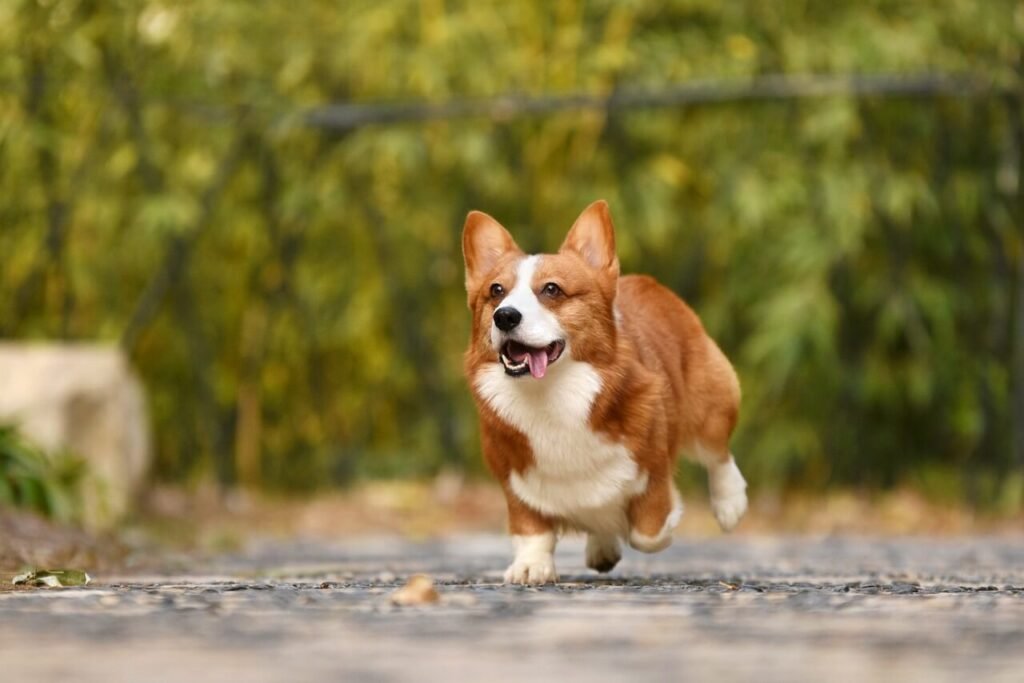
Preventive Measures | Treatment Options |
|---|---|
Regular grooming to maintain skin health. | Surgical removal for persistent cysts. |
Avoiding harsh chemicals on the skin. | Antibiotics for infected cysts. |
Monitoring for unusual skin changes. | Draining large cysts under veterinary supervision. |
Keeping your dog’s environment clean. | Topical ointments to reduce inflammation. |
Feeding a balanced diet rich in omega-3 fatty acids. | Pain management if cysts cause discomfort. |
Managing Follicular Cysts: Tips for Pet Owners
Once your veterinarian has diagnosed a follicular cyst, managing it effectively becomes your priority. While many cysts resolve on their own, others may require intervention. Here are some actionable tips to help you care for your dog:
Keep the affected area clean by gently washing it with mild soap and water.
Prevent your dog from licking or scratching the cyst to avoid infection.
Use an Elizabethan collar (cone) if your dog persistently tries to irritate the cyst.
Schedule regular check-ups with your vet to monitor the cyst’s progress.
Follow your veterinarian’s recommendations for any prescribed treatments or medications.
By staying proactive and attentive, you can minimize discomfort and ensure your dog’s speedy recovery. Remember, your vet is your best resource for tailored advice.
Preventing Future Follicular Cysts: Proactive Steps
While follicular cysts cannot always be prevented, there are measures you can take to reduce the likelihood of recurrence. A combination of good grooming habits and a healthy lifestyle can go a long way in maintaining your dog’s skin health. Consider the following strategies:
Brush your dog’s coat regularly to remove dead hair and prevent follicle blockages.
Bathe your dog with hypoallergenic shampoos to avoid skin irritation.
Provide a nutritious diet to support overall skin and coat health.
Ensure your dog has access to fresh water to stay hydrated and promote healthy skin.
Minimize exposure to environmental irritants like pollen, dirt, or chemicals.
Taking these preventive steps can significantly lower the risk of future cysts and keep your dog’s skin in top condition. Prevention is always better than cure, especially when it comes to your beloved pet’s well-being.
Understanding the Causes
While follicular cysts are generally harmless, understanding their potential causes can help you take preventive measures. Although the exact cause isn’t always clear, several factors may contribute to their development. Below are some common triggers:
Genetics can play a role, as certain breeds are more prone to skin issues and cyst formation.
Skin trauma or irritation from rough surfaces can damage hair follicles and lead to cysts.
Poor grooming habits may result in blocked follicles due to accumulated dirt or oil.
Hormonal imbalances can sometimes affect skin health and increase the likelihood of cysts.
Allergic reactions to shampoos or environmental irritants may exacerbate skin conditions.
By addressing these potential causes, you can reduce the risk of follicular cysts forming. Regular check-ups with your vet can also help identify underlying issues early on.
When to Seek Veterinary Help
Not all follicular cysts require immediate veterinary attention, but there are certain signs that indicate it’s time to consult a professional. Being aware of these red flags ensures your dog receives timely care. Here are some scenarios where you should seek help:
If the cyst grows rapidly in size over a short period.
If the area around the cyst becomes excessively red, swollen, or warm to the touch.
If your dog shows signs of pain, such as whimpering or avoiding being touched near the cyst.
If the cyst begins oozing pus or blood, indicating a possible infection.
If your dog starts excessively licking, biting, or scratching the affected area.
Prompt veterinary intervention can prevent complications and ensure your dog’s comfort. Always trust your instincts as a pet owner—if something seems off, it’s better to err on the side of caution.
Supporting Your Dog’s Overall Skin Health
Maintaining your dog’s overall skin health is crucial for preventing not only follicular cysts but also other dermatological issues. A proactive approach can make a significant difference in your dog’s well-being. Here are some steps to support healthy skin:
Provide a balanced diet rich in essential nutrients like omega-3 fatty acids to promote skin hydration.
Ensure your dog gets regular exercise to improve circulation and overall health.
Use natural, hypoallergenic grooming products to avoid irritating sensitive skin.
Keep your dog’s living environment clean and free from allergens like dust or mold.
Schedule routine vet visits to catch any potential skin issues before they worsen.
By prioritizing your dog’s skin health, you’re investing in their long-term happiness and quality of life. Healthy skin means a happier, more comfortable pup!
Frequently Asked Questions About Follicular Cysts in Dogs
Are follicular cysts dangerous for my dog?
No, follicular cysts are generally harmless unless they become infected or grow large enough to cause discomfort.
Can I pop or drain the cyst at home?
It’s not recommended, as improper handling can lead to infection. Always consult your veterinarian for safe removal or drainage.
Will the cyst go away on its own?
Some cysts may resolve naturally, but others may require veterinary intervention if they persist or grow.
How can I tell if the cyst is infected?
Signs of infection include redness, swelling, discharge, or your dog showing signs of pain when the area is touched.
Is surgery necessary for removing follicular cysts?
Surgery is typically only needed for large, recurring, or problematic cysts. Your vet will advise based on the specific case.
Final Thoughts: Keeping Your Dog’s Skin Healthy
Follicular cysts in dogs may seem concerning at first glance, but with the right knowledge and care, they are often manageable and rarely pose serious risks. By staying vigilant about your dog’s skin health, practicing good grooming habits, and seeking professional advice when needed, you can ensure your furry friend remains happy and healthy. Remember, your veterinarian is always your best ally in navigating any health concerns. With love, attention, and proactive measures, you can help your dog enjoy a life free from unnecessary discomfort. After all, a healthy dog is a happy dog—and that’s what every pet owner strives for!
Cat Fever Treatment: Best 7 Expert Tips! Discover expert advice on identifying, managing, and treating fever in cats to ensure their quick recovery and well-being.
Understanding Meloxicam for Cats: Best 7 Expert Tips! Learn how to safely administer meloxicam, manage side effects, and ensure your cat's comfort with expert advice on feline pain relief.
Amoxicillin for Cat UTI: Best 7 Expert Tips! Discover safe usage, dosage guidelines, and expert advice on treating feline urinary tract infections effectively with amoxicillin.
Understanding Cat Cancer Treatment: Best 7 Expert Tips! Discover expert advice on managing feline cancer, from early detection to treatment options, ensuring your cat’s health and comfort.

